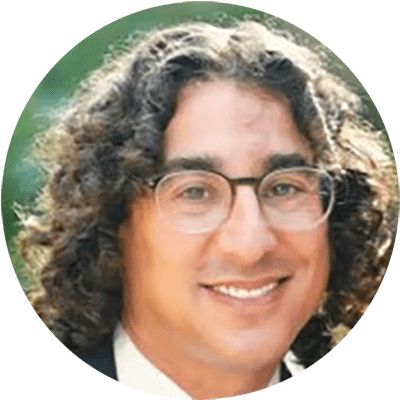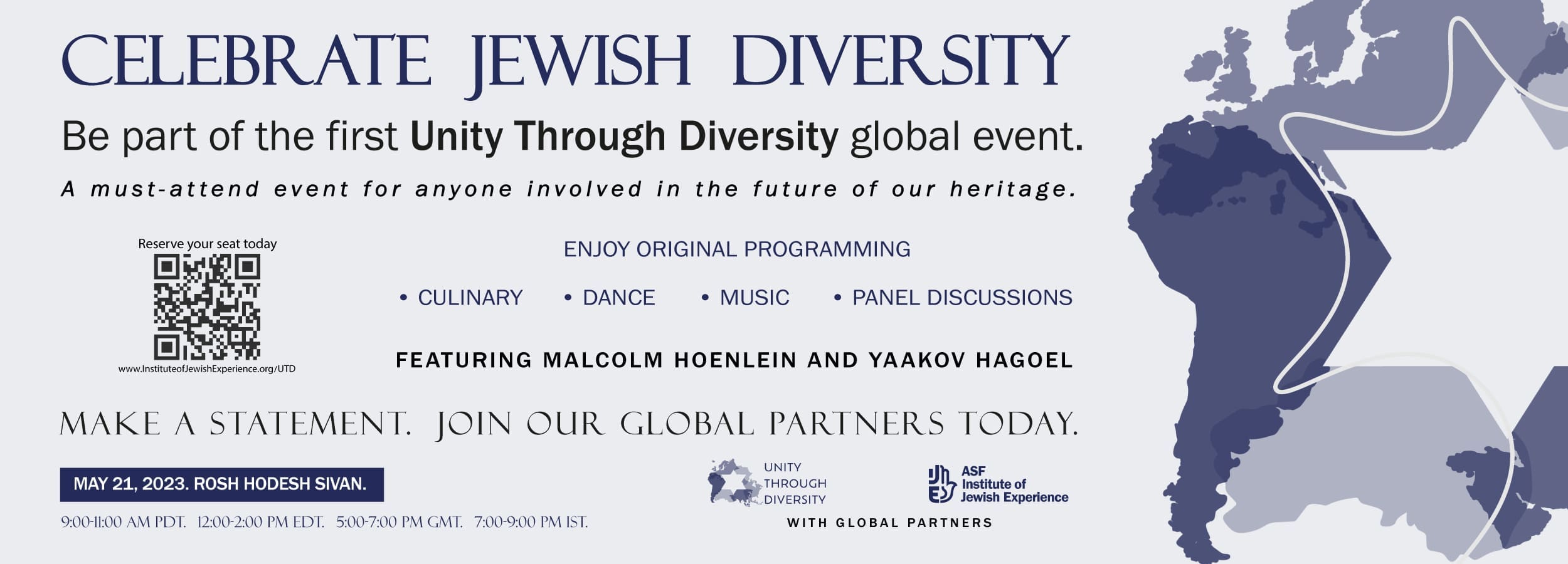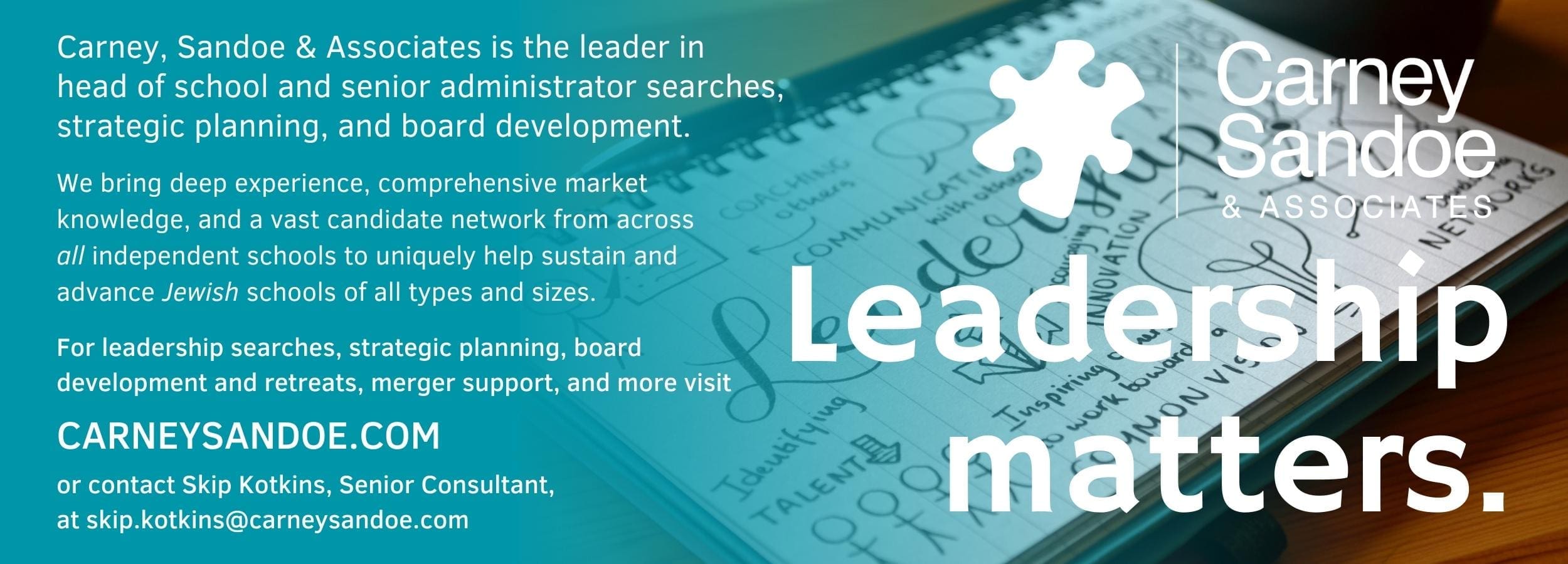Putting “Community” at the Heart of Jewish Community Day Schools

Each morning at 10:30 AM, 50 middle school students at the Ottawa Jewish Community School (OJCS) have to decide where to go for minyan. They can choose to go downstairs to the “Traditional Egalitarian” minyan where they sit in a circle, use a siddur which includes the Conservative version of Birkhot Ha’Shahar and the imahot in the Amidah, and students of any (or no) gender are welcome to function as shaliah tzibur. Or they can choose to go upstairs to the “Traditional” minyan where they sit on either side of a mehitzah, use a siddur which features Orthodox liturgy, and boys are welcome to function as shaliah tzibur. There are students who reliably land in the same minyan morning after morning and there are students who move back and forth for all kinds or reasons. This means that neither minyan constitutes a community of its own, which we experience not as a bug, but a feature, because offering spaces and opportunity for choice, for comfort, and for clarity creates a spiritual community for all.
Each Friday afternoon, our kindergarten students gather in their classrooms to “do Shabbat.” It is a time of eager anticipation as we set the Shabbat Table, sing Shabbat songs, pray Shabbat prayers, and most importantly, offer Shabbat blessings so that we can drink sweet grape juice and eat yummy hallah. Some afternoons, the Shabbat Table is led by the class Ima and Abba. Other afternoons, the Shabbat Table is led by simply an Ima or an Abba. Yet other afternoons will find the Shabbat Table led by an Ima and an Ima or an Abba and an Abba. All of this happens without explanation; our students are ages 3-5, and they are way more concerned about the deliciousness on the table than who is paired with whom (or not). That doesn’t mean, however, that they don’t notice or that it doesn’t matter. Representation matters deeply, and each of our students has an opportunity, even if it slides by subconsciously, to see their version of “family” represented at the Shabbat Table. And where our students might not be so aware, their parents are, and that matters deeply.
Four years ago, our Community day school, with its 40 percent Orthodox affiliation rate, went through the hard work of clarifying its Jewish mission/vision when trying to answer the question of how to meet the needs of the full breadth and depth of our diverse Jewish Community. We landed on “movement”—that the true measure of our success could be best captured not in where our students’ (and their families’) Jewish journeys either began or ended, but where we inspired growth through rigorous academics and meaningful experiences. That is how we arrived at our North Star: “We are always on inspiring Jewish journeys.” Naming that was fairly easy; building a program where each Jewish family feels seen and represented, and whose beliefs and practices are both respected and celebrated, has been among the most rewarding and challenging experiences I have ever been blessed with leading.
We aspire to be a place where any Jewish family in Ottawa can feel comfortable, can have their academic and spiritual needs met, and can feel at home. This requires us to think deeply about how we teach and how we create experiences. When looking around my school this year and realizing that we had students with pe’ot and tzitzit sitting around the same tables with students who wear nail polish and identify as non-binary, it felt like a minor miracle worth celebrating.
While we were doing the work that led to some of the examples described above, we reached the place where we no longer necessarily believe that “pluralism” is a realistic goal for our school, even if it (presently) remains part of our mission. “Pluralism” means that each person around the table believes that any or all of the Jewish practices and observances that anyone else around the table performs are equally correct—the way I practice and the way you practice are both “correct,” and I just happen to prefer my way to yours. And there are, for sure, students, parents, board members, rabbis, etc., who do, in fact, view things that way. But any honest depiction must include those who may not believe that some practices or observances are “correct”—they may even believe that they are really wrong! If “pluralism” was the litmus test, we would not have as diverse a student body as we do. What matters is whether we can be in relationship and, thus, be in community. To make it really concrete, it doesn’t matter whether you believe that our mehitzah minyan is as equally correct as our non-mehitzah minyan. You may believe that, or you may believe that one is correct and the other anathema. What matters is whether you are willing to be part of a community that offers both choices to its families.
We believe this approach, thinking through the lens of, “what has to be true in order for the community to hold together,” will take us further towards a wider swath of diversity than trying to think through the lens of, “what can each subset of the Jewish community agree to.” This doesn’t mean, however, that we don’t have our red lines or our boundaries. We accept patrilineal descent in admissions and Orthodox supervision of our kitchen; we offer multiple minyanim in our Middle School and books that describe non-traditional families in our library. All boys wear kippot as part of our uniform policy and all girls lead tefillot as part of our lower school. From the outside in, these decisions may not appear coherent or reflective of a particular philosophy, but lived in our school as a product of community conversation, it is how OJCS creates and facilitates a diverse Jewish community of practice. It doesn’t have to make sense, it has to make sense to us. The model is not perfect and is always subject to change. It does, however, allow for our school to thread the needle between “community” and “denominationalism” without having to achieve pure pluralism.
Of course, not every Jewish experience falls into this space. There are other kinds of diversities at play as well. We sit on a shared Jewish Campus, and each and every month students in Grade 4 (as part of a special program) and in our Middle School spend meaningful time visiting residents at Hillel Lodge—our community’s eldercare facility. Students from all kinds of Jewish backgrounds build relationships with residents of all kinds of Jewish backgrounds. There are informal components like just playing cards and there are formal components such as documenting life stories. These experiences are all about intergenerational relationships, although there are moments of pluralistic exchange. I’ll never forget a story that a donor and alumni grandparent shared with me a few years ago about the impact of this type of diversity. He shared with me that when a family member was in hospice care, the gathered extended family came together to share the final weeks. He told me that there was a palpable and powerful difference between the children who had gained skills and empathy from their time at our school and those who lived elsewhere. Our students were unafraid and unconcerned during the time spent visiting; the other children were less able to overcome their natural discomforts.
One final anecdote that I have experienced first-hand: Our students belong to all kinds of synagogues in our community—or not at all. Our students are familiar with a range of siddurim through the work we explicitly do in our school as I’ve described. Over the last two years, I have received multiple spontaneous emails or calls from parents in our school who come to realize that our students both know what a shiva minyan is and how to lead one when it becomes a pressing reality. Putting “community” at the center of our identity is not just about the community we create for ourselves within the walls of the school, but about putting our students at the center of the larger family, synagogue, and Jewish communities that they belong to and represent the future of. And the more permeable the walls between them are, the better it will be.
As we move forward, we are engaging in the following kinds of questions:
- What kind of community should we aspire towards being and serving?
- Do categories such as “pluralism” and “tolerance” help create a framework for the intersection between “community schools” and the denominationally-aligned synagogues they partner with, and could these categories help us navigate hot-button issues?
- How do we ensure that we sustain the diversity in our community, while also strengthening its unity?
We believe that the next phase of this work will extend to addressing hetero-normative, gender-normative, and LGBTQ+ perspectives as we serve all kinds of children from all kinds of families. Our community has very different thoughts and feelings around the centrality of the Hebrew language, whether we need to be thinking beyond denominations for both our secular Israeli community as well as the “un-synagogued,” and much more. I am not naïve as to how easy or quickly these conversations will proceed. I imagine there will be uncomfortable moments and sticky issues to navigate. But I am convinced that by putting “community” ahead of “pluralism,” by not asking everyone to validate everyone else’s viewpoint or practice, but rather by asking everyone to remain in relationship regardless of those viewpoints or practices, that our school will provide evermore diverse Jewish experiences for our students and families, and by doing so continue to grow its community—in numbers, in depth, and in meaning.



Jon Mitzmacher is currently in his sixth year as the Head of the Ottawa Jewish Community School. Dr. Mitzmacher is studying to be a rabbi at the Academy for Jewish Religion (NY) and is on the faculty of the Day School Leadership Training Institute (DSLTI) as a mentor.
Reach 10,000 Jewish educational professionals. Advertise in the upcoming issue of Jewish Educational Leadership.





